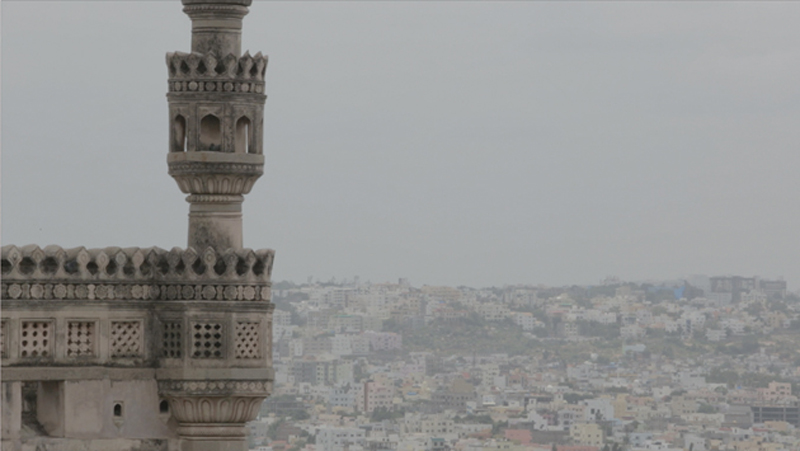Gautam Pemmaraju
Grant Period: Over one year
This grant supported filmmaker and prolific writer, Gautam Pemmaraju, to make a film on the satirical poetic tradition in Dakhani called Mizahiya Shairi. Dakhani is a variant of Khadi Boli, the name by which Urdu was known in the Deccan. Mizahiya Shairi, a vibrant satirical poetic form in the 1940s is now in decline. The film explored the complex relationship between Dakhani as a regional linguistic form and the socio-political factors shaping its contemporary use. Through his film, Pemmaraju investigated not only the artistic and cultural decline of this form, but also the several “pockets of resistance” that wrestle to keep the tradition alive. Ghouse Mohiuddin, a widely admired senior Dakhani satirical poet, was the central character around which the film’s primary narrative was weaved. Ghouse, like many others steeped in both the comic traditions of the local language and the region’s more complex history and politics, “express a profound sense of bathos encapsulated within a comic exterior. It is not merely nostalgia, which is found in great abundance, but it is more a sense of being wronged, not just politically and culturally, but in specific, linguistically,” says Gautam.
The decline of Dakhani as a serious literary form is linked to the development of Shumali Urdu (Northern Urdu) and its simultaneous spread to Punjab, Delhi and Awadh. The Awadhi form is popularly considered to be standard and the other forms are considered lower—particularly Dakhani. In his proposal, Gautam provided substantial evidence of Dakhani’s rich poetic and literary traditions over the last 350 years and its contribution to the growth and popularity of Urdu as a poetic form. Gautam also examined the links between sleeper hits like Angrez (2006) and a spate of other recent comedy films and standup comic practices that used aspects of Dakhani. Gautam’s preliminary research showed that numerous such films were released in theatres and that there existed a flourishing underground industry of low budget ‘CD films’. The provincial Urdu channels, ETV in particular, have also championed the comic-satirical aspects of the language. Snippets from television shows and films like Angrez functioned as vignettes in Gautam’s film.
While Ghouse Mohiuddin and his work were the centre piece of the film, the secondary narrative was about Hyderabad’s fall to the invading Indian armed forces in September 1948 – playing a critical role in the self-image of the artists, and the construction of the language and regional identity. Through interviews with performers, poets, writers and historians, and the use of archival material, the story of resistance, the claim to independence, and the subsequent military action were developed into a cinematic narrative.

